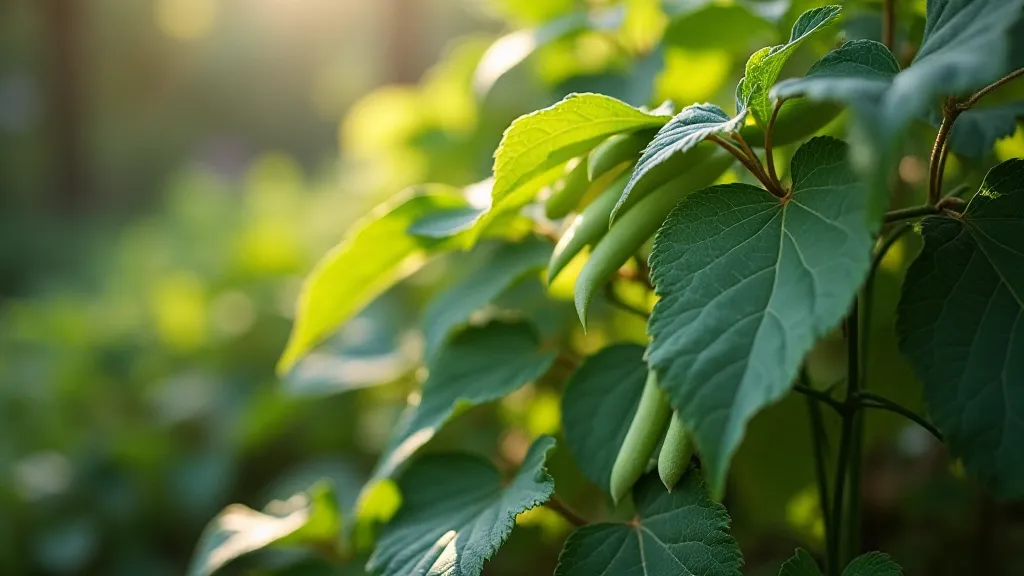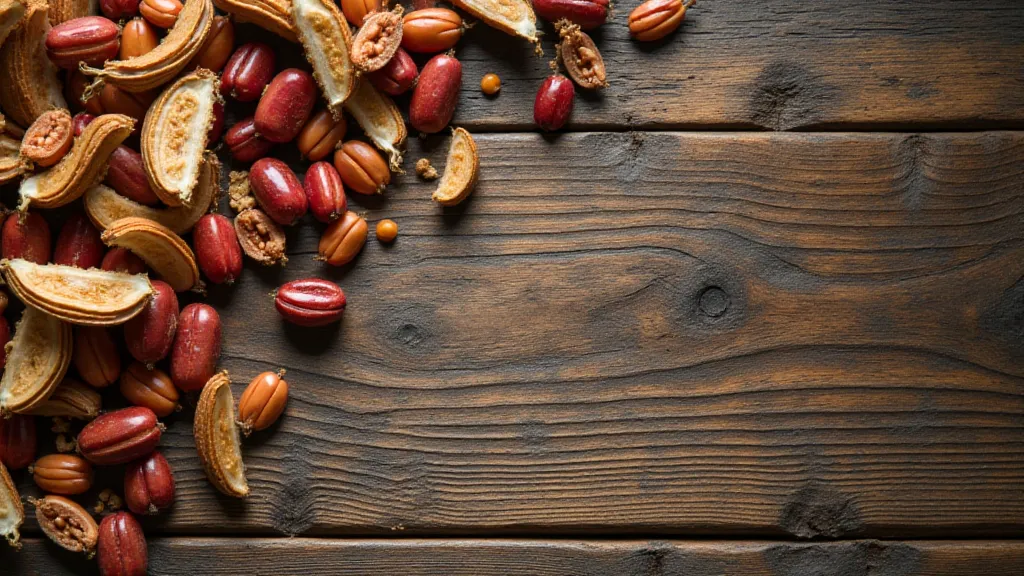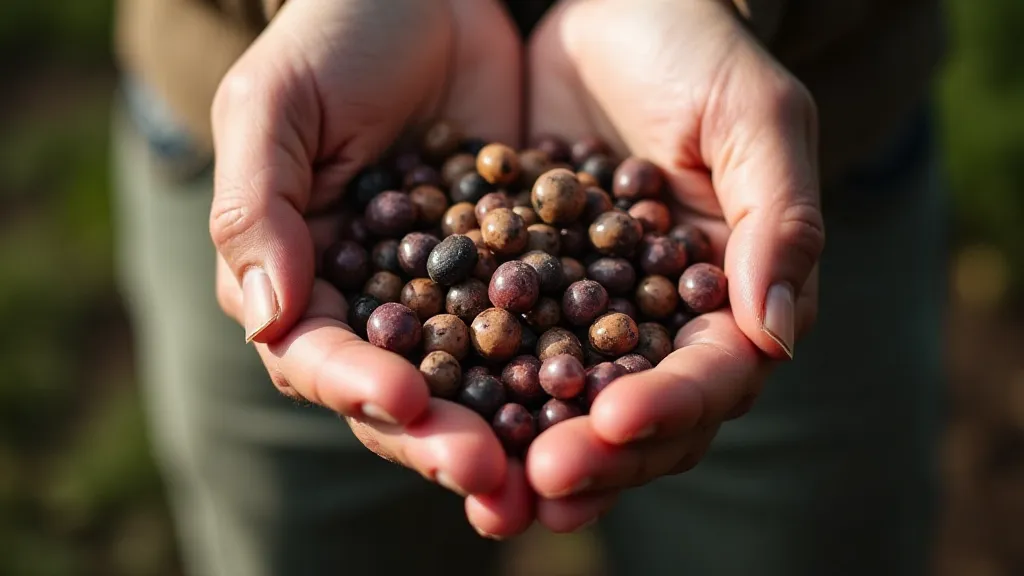The Bean's Silhouette: Shadow Play and Garden Mystique
There's a particular resonance I find in antique accordions. It's not simply the sound, though the warm, slightly melancholic tones are undeniably beautiful. It's the shape, the way the bellows curve, the glint of the brass keys, the sense of history held within a compact, portable form. It’s a lineage of craftsmanship, of hands meticulously shaping wood, leather, and metal into a living instrument. And it's a feeling I’m increasingly finding mirrored in my heirloom bean plants.
Perhaps it sounds fanciful, but consider: these aren't your generic supermarket beans. These are varieties passed down through generations, each with a story etched into its form. They possess a presence, a visual personality that extends beyond simple sustenance. A Kentucky Wonder bean, sprawling with its velvety leaves, has a distinct grace. A Jacob's Cattle bean, with its mottled hues, holds a quiet drama. The way they lean, the way their shadows dance in the late afternoon sun – it’s all part of a subtle, pervasive beauty that transforms a vegetable garden from a plot of edibles to a living work of art.
My own journey with heirloom beans began, as many do, with a desire for flavor. I’m tired of the homogenous taste of modern vegetables. I longed for something *real*, something connected to the past. What I didn't anticipate was the aesthetic impact these plants would have on my garden. Suddenly, it wasn’t just about the delicious succotash or the creamy bean soup. It was about the *visual* contribution of these living sculptures.

A Lineage of Beans: History and Heritage
The story of heirloom beans is as rich and varied as the beans themselves. Unlike modern hybrids, which are bred for uniformity and yield, heirlooms were selected over time for their flavor, color, and other desirable qualities. They represent a direct link to our agricultural ancestors, a tangible connection to the methods and tastes of past generations. Think about the hands that first saved the seeds of a Scarlet Runner bean, admiring its vibrant blossoms and anticipating the robust flavor of its plump pods. Imagine the meticulous choices made to cultivate a Soldier bean, prized for its long, straight form and ability to store well through the winter.
Many of these beans have fascinating stories attached to them. Some are named after the families who cultivated them, others after the places where they thrived. The history is often intertwined with migrations, trade routes, and cultural exchanges. A Cherokee Purple bean, for instance, carries echoes of the Cherokee people and their agricultural practices. Knowing the history adds another layer of appreciation, not just for the flavor, but for the cultural significance embedded within each seed.
The Art of Bean Growing: More Than Just a Task
Growing heirloom beans isn’t simply a gardening task; it's a mindful practice. It’s about observing the plants, understanding their needs, and appreciating their unique characteristics. Their sprawling vines, often more vigorous than modern varieties, create a wonderfully unstructured feel in the garden. I’m not one for rigid rows and perfect symmetry. I prefer the slightly chaotic, wild beauty of a garden overflowing with life. Heirloom beans, with their tendency to ramble and twist, lend themselves perfectly to this aesthetic.
The process of saving seeds from these beans is, in itself, a meditative act. Carefully selecting the most robust and flavorful pods, allowing them to dry, and then meticulously separating the seeds – it's a connection to the cycle of life, a promise of future harvests. It's a quiet satisfaction, knowing that you are actively participating in preserving a piece of agricultural history.

The Bean’s Silhouette in the Garden Landscape
The shape and form of heirloom bean plants can dramatically influence the overall atmosphere of a garden. A dense planting of Romano Scarlet Runner beans, with their towering vines and vibrant red flowers, can create a dramatic backdrop for a more subtle border of herbs or flowers. A patch of pinto beans, with their shorter, bushier growth habit, can add a touch of rustic charm to a smaller space. The bean’s silhouette against the sky, the way it interacts with the light – these are the details that contribute to a garden's unique personality.
Consider the visual weight of a climbing bean versus a bush bean. A climbing bean, trained on a trellis or fence, creates vertical interest and adds a sense of height and drama. A bush bean, sprawling across the ground, adds a touch of wildness and informality. The interplay of light and shadow, the way the bean leaves filter the sunlight – these are the subtle nuances that contribute to a garden’s visual appeal.
Preserving the Legacy: A Collector's Perspective
Just as with antique accordions – those beautiful, handcrafted instruments – there’s a quiet satisfaction in preserving heirloom bean varieties. It’s more than just growing them; it’s about safeguarding a piece of our agricultural heritage. Many small seed companies and dedicated gardeners are working to keep these varieties alive, but it's a constant effort. Sharing seeds, swapping stories, and celebrating the unique qualities of each bean – these are the ways we can ensure that these treasures are passed down to future generations.
There’s a certain thrill in discovering a rare or unusual variety, just as there is in finding a well-preserved antique accordion in a dusty old shop. It’s a connection to the past, a tangible link to the individuals who cultivated these beans long before us. Each seed holds a story, a legacy waiting to be rediscovered. And, like restoring an antique instrument, growing heirloom beans requires a bit of patience, a touch of care, and a deep appreciation for the craftsmanship of nature.

The bean’s silhouette, its shape and form, is more than just a visual element; it's an expression of history, heritage, and the enduring beauty of the natural world. It’s a reminder that even in a small patch of garden, we can find a profound sense of connection to the past and a deep appreciation for the simple joys of growing.





